Optimal Timing for Woodpecker Hole Repairs
Understanding the optimal timing for Woodpecker Hole Repairs is essential for effective and lasting results. The best time generally depends on seasonal weather patterns, woodpecker activity, and environmental conditions that influence repair durability and bird behavior.
Spring and early summer are often ideal for repairs due to milder weather and increased bird activity, which can help prevent further damage.
Woodpeckers tend to be most active during early mornings and late afternoons, making these periods suitable for repairs to avoid disturbing nesting or feeding behaviors.
Dry weather conditions are preferable for repairs, as moisture can affect the adhesion of repair materials and prolong the curing process.
Performing repairs during seasons with less rain and wind reduces the risk of damage to the repair site and ensures better adhesion and longevity.
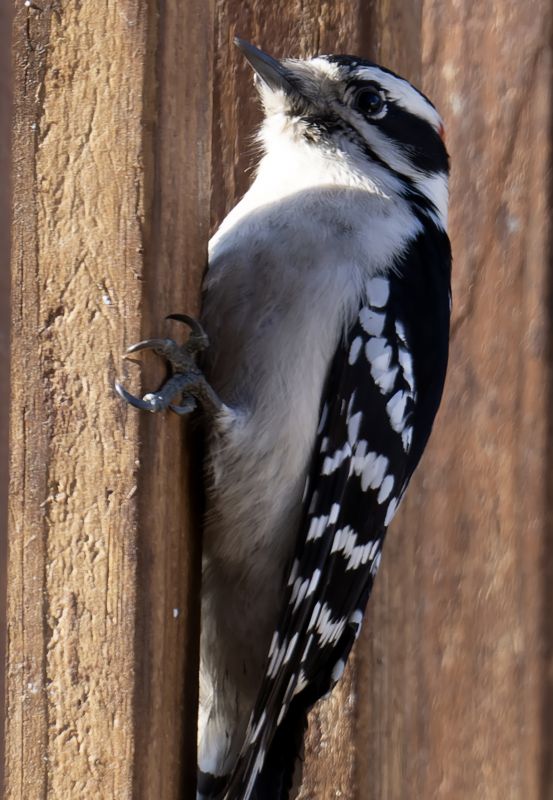
Ways to make Woodpecker Hole Repairs work in tight or awkward layouts.
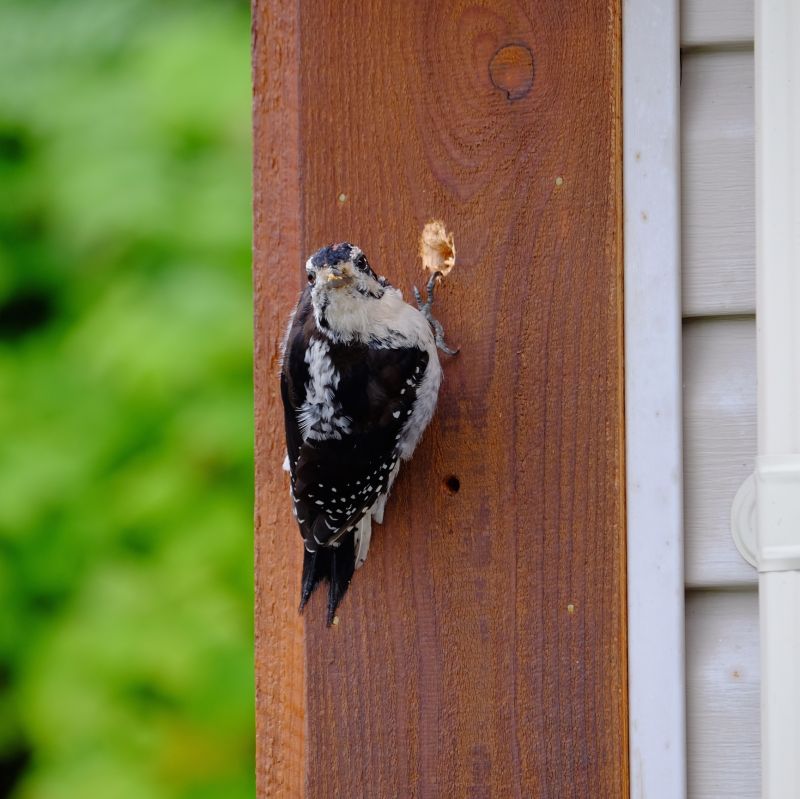
Popular materials for Woodpecker Hole Repairs and why they hold up over time.
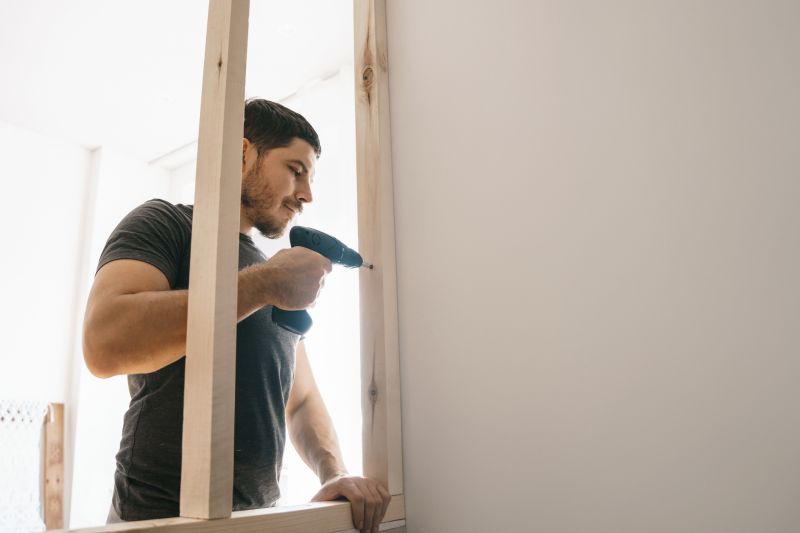
Simple add-ons that improve Woodpecker Hole Repairs without blowing the budget.
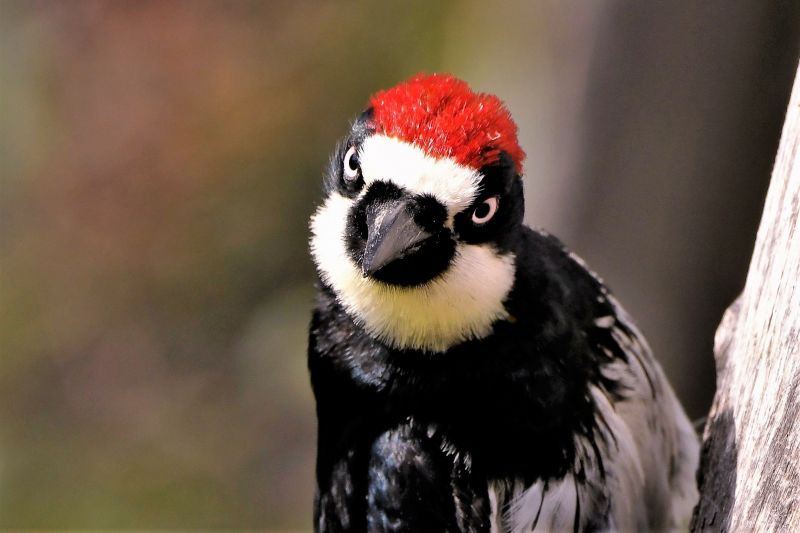
High-end options that actually feel worth it for Woodpecker Hole Repairs.
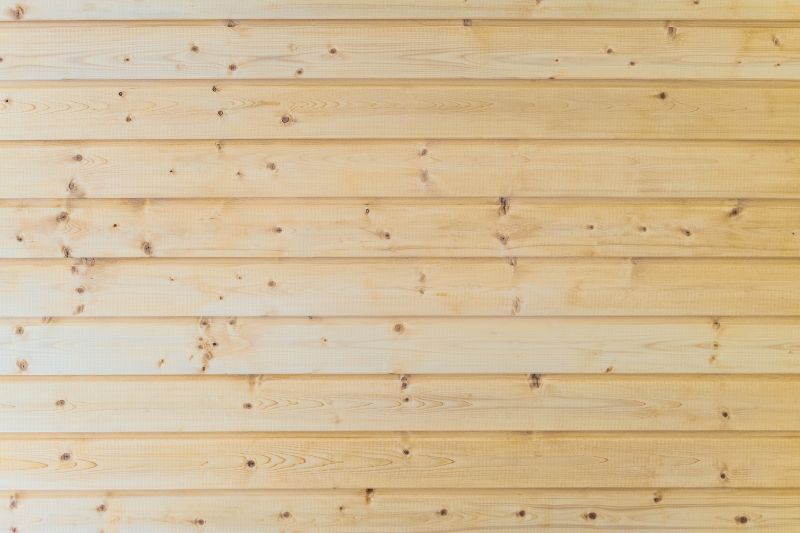
Finishes and colors that play nicely with Woodpecker Hole Repairs.
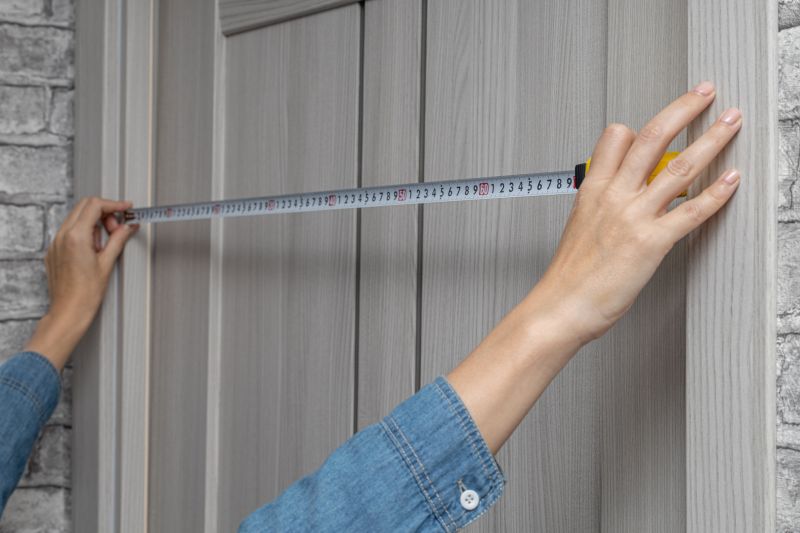
Little measurements that prevent headaches on Woodpecker Hole Repairs day.
Woodpecker hole repairs involve filling and sealing damage caused by woodpeckers, which can create significant structural and aesthetic issues. These birds peck at wood to find insects or establish territory, often resulting in multiple holes that weaken the wood and invite further damage. Proper timing of repairs ensures that the damage is addressed before it worsens and prevents the woodpeckers from returning to the same spots.
Statistics indicate that untreated woodpecker holes can lead to increased pest intrusion and wood decay. Repairing these holes promptly reduces long-term maintenance costs and preserves the integrity of the structure. The best time for repairs is when woodpecker activity is low, typically outside of nesting seasons, and during periods of stable weather, which facilitates proper adhesion and curing of repair materials.
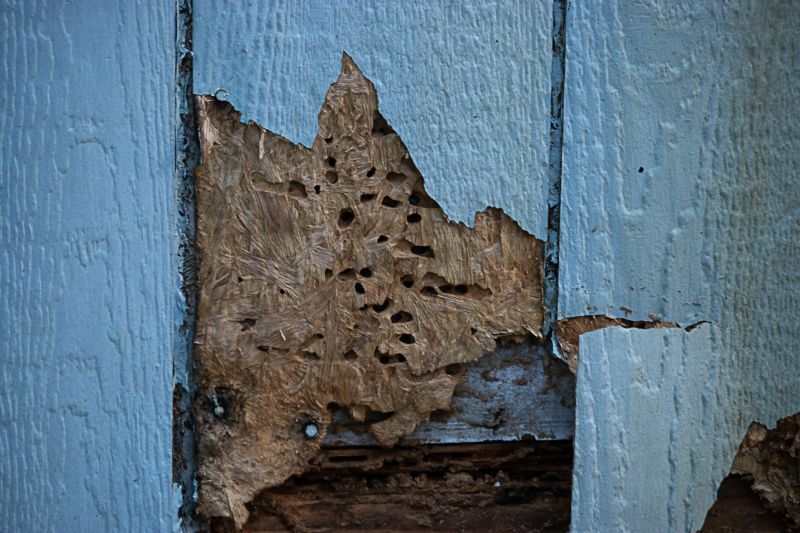
A 60-second routine that keeps Woodpecker Hole Repairs looking new.
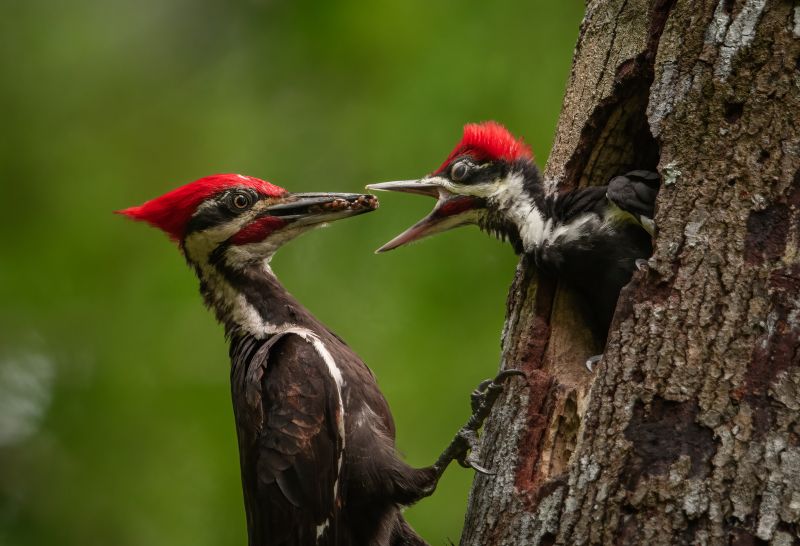
A frequent mistake in Woodpecker Hole Repairs and how to dodge it.
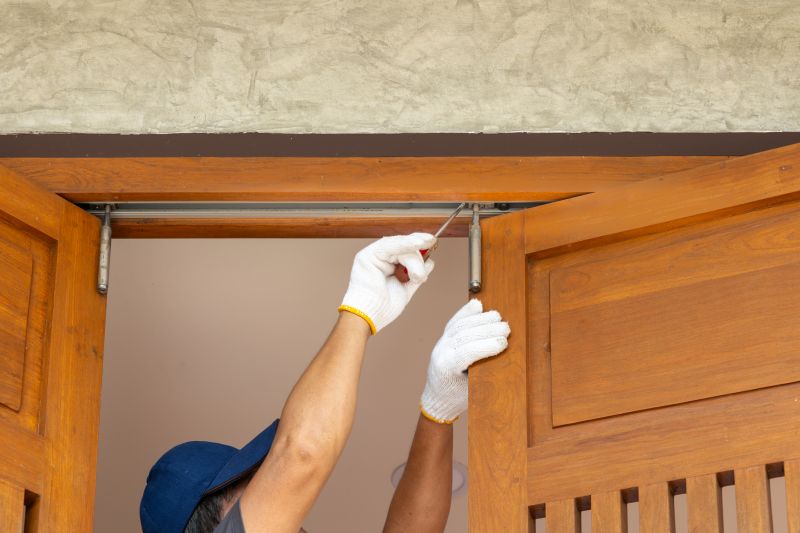
Small tweaks to make Woodpecker Hole Repairs safer and easier to use.
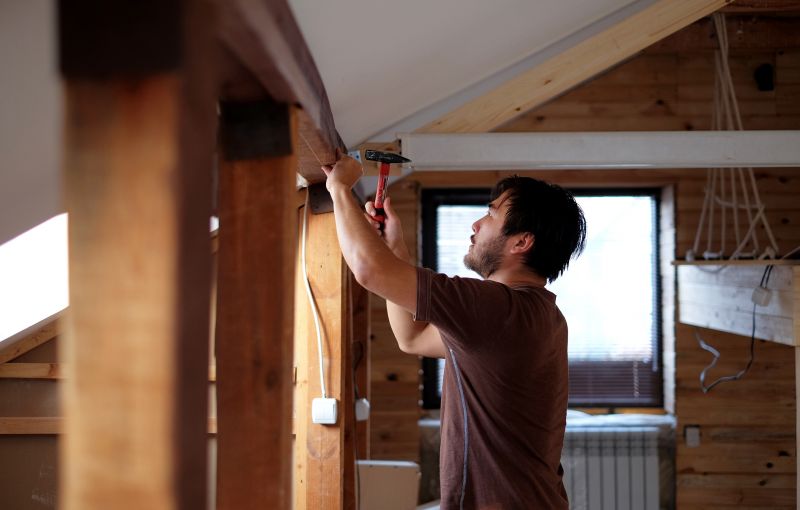
Lower-waste or water-saving choices for Woodpecker Hole Repairs.
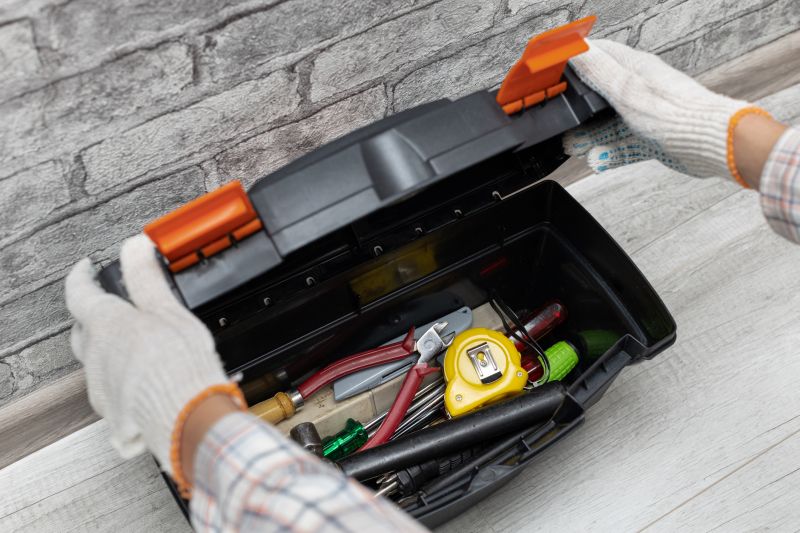
The short, realistic tool list for quality Woodpecker Hole Repairs.
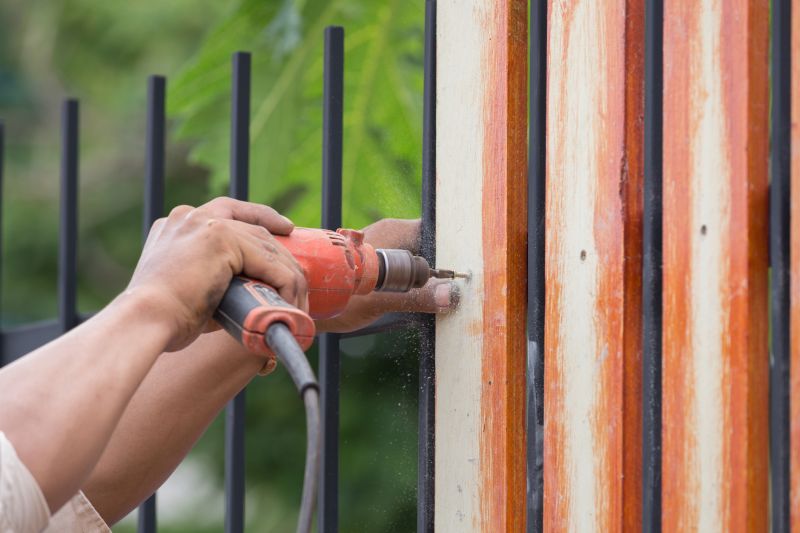
Rough timing from prep to clean-up for Woodpecker Hole Repairs.
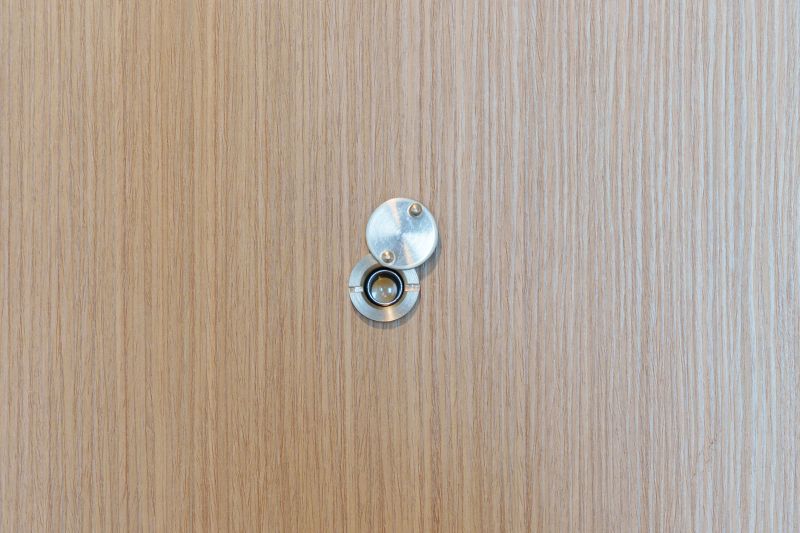
Quick checks and paperwork to keep after Woodpecker Hole Repairs.

Examples that show the impact a good Woodpecker Hole Repairs can make.
Individuals interested in Woodpecker Hole Repairs are encouraged to contact for more information or to schedule inspections. Timely repairs help maintain the structural integrity of the affected wood and reduce ongoing damage caused by persistent woodpecker activity.
